#Bread making
Text
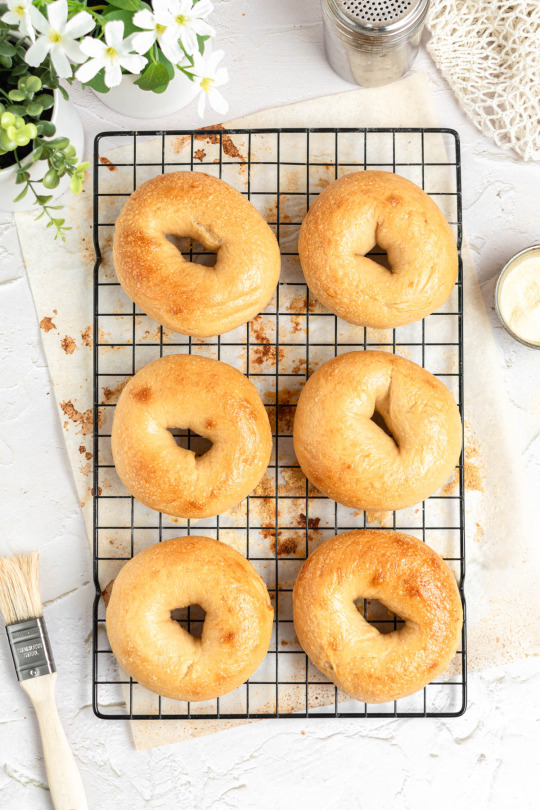

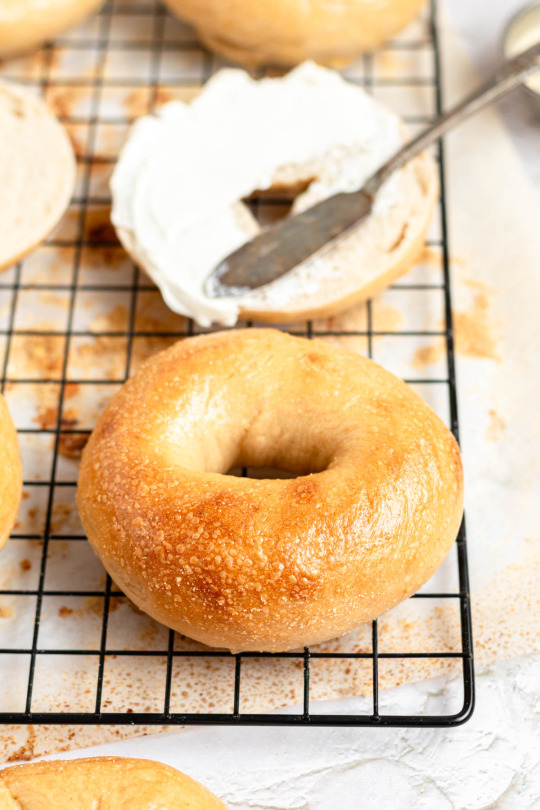
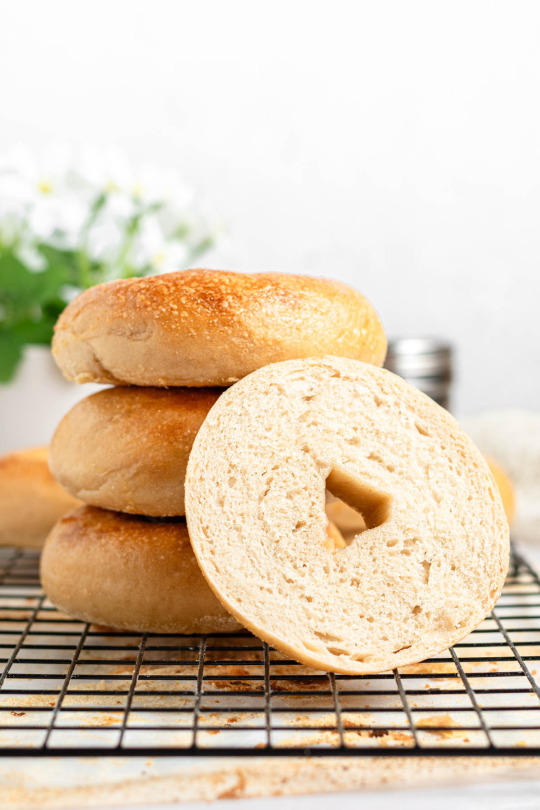
Homemade Overnight New York-Style Bagels
This might be one of my favorite recipes I’ve ever developed. So excited for you all to try it!
2K notes
·
View notes
Text
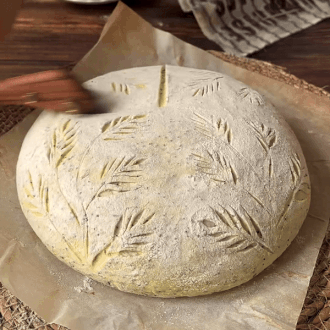
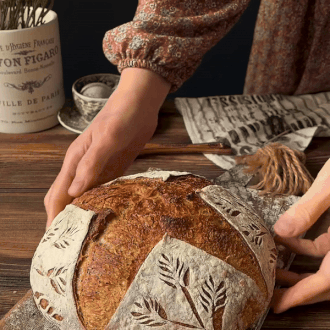


sourdough with poppyseeds and turmeric 🍞 | hatice0ncel on ig
#stim#bread#bread making#food#sfw#brown#white#yellow#beige#sourdough#baking#knives#utensils#hands#slicing#flowers#plants#ishy gifs#postish
251 notes
·
View notes
Text
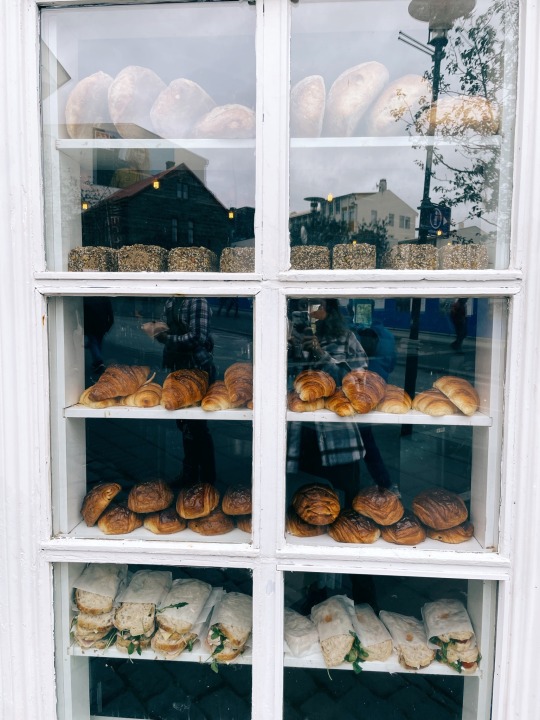
Baka Baka bakery window | Reykjavik, Iceland | September 2023
304 notes
·
View notes
Video
Sandwich bread
550 notes
·
View notes
Text

74 notes
·
View notes
Text
Damn I made bone broth and bread in one day? Who am I? The elderly sage who lives at the edge of the wood?!
#yes i am#personal#witchblr#witchcraft#witchy#magick#nature#witchy vibes#spirituality#green witch#green witchery#kitchen spells#kitchen witchcraft#kitchen witch#kitchen#bone broth#bread#bread making#witchy community#witchcraft community#faery witch#fae witch
84 notes
·
View notes
Text
After the experience gained from the last bread making, sis made some changes to the ingredients used. This time she is making these Pork Floss Breads, which turned out pretty neat. The savoury meat floss added a level of flavours and texture to the still slightly hard bread but a lot better than the last time.

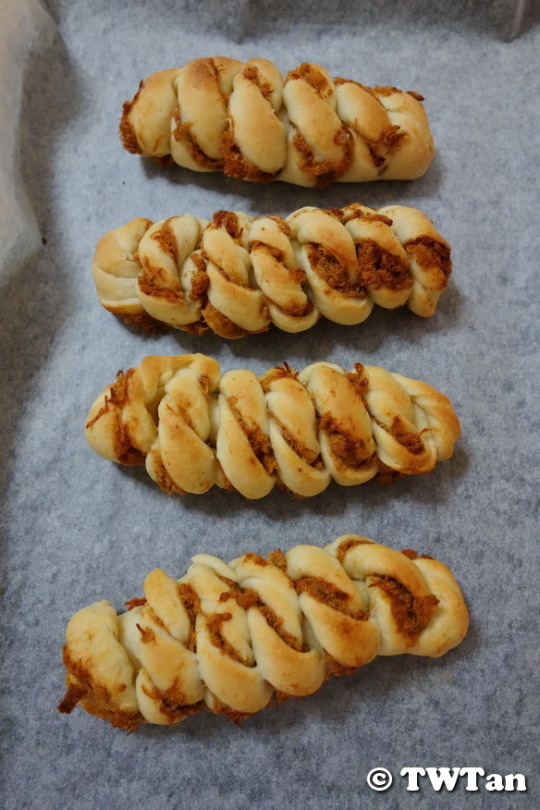

#Bread Making#Homemade#Pork Floss Bread#Meat Floss#Dough#Twisted#Bun#Baked#Savoury#Snack#Food#Buffetlicious
29 notes
·
View notes
Text

I baked more bread. The boules are parmesan, roasted garlic and seeded sourdough, and the other is a pan de mie sourdough that I baked without the lid.
31 notes
·
View notes
Text

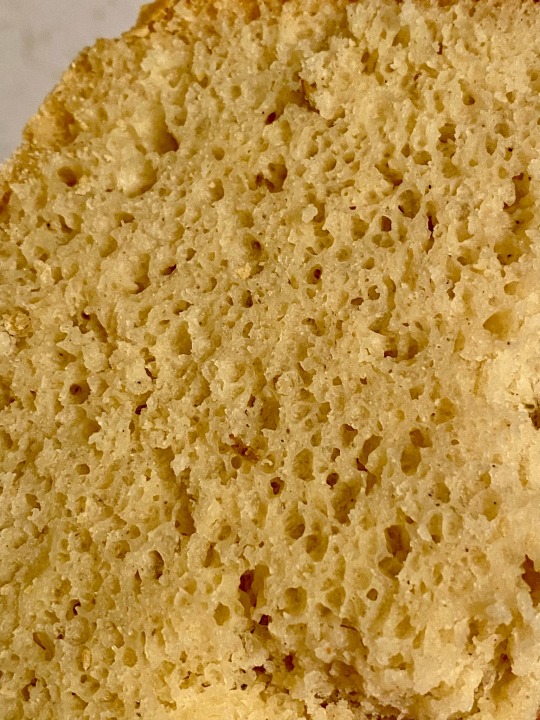
I made my first ever loaf of bread - and it’s gluten free! I was eating a slice at midnight because it had finally cooled down enough 🤣😅 it’s sooo delicious!!! I haven’t been able to eat bread in months and I’m so so glad to make my own gluten free bread now!! 🥰🥰
#gluten free#gluten intolerance#gluten allergy#bread#baking#bread making#homemade bread#homemade gluten free#food#celiac#loaf#bread loaf
25 notes
·
View notes
Video
Making Sant Jordi bread (pa de Sant Jordi)🌹🐉
You can find this bread in the bakeries of Catalonia only around the festivity of Sant Jordi (23rd of April). Sant Jordi is one of the most important Catalan traditions, in which we commemorate the legend of Sant Jordi (Saint George) who killed the dragon, and when the dragon’s blood touched the ground it became a red rose bush. In the same way that Sant Jordi picked a rose and gave it to the princess, we give roses to the people we love (family, partners, friends, coworkers...) and we also give books.
In Catalonia, this day has been a national holiday dedicated to love since the 15th century, and a very important one because Saint George is the patron saint of Catalonia (together with the Virgin of Montserrat). Nowadays, bakeries make this bread to celebrate the festivity, decorated with the colours of the Catalan flag (four red stripes on a yellow background). The yellow colour is achieved by mixing the bread with cheese, and the red is achieved by mixing it with sobrassada (a cured sausage made of pork with paprika and other spices).
Video by the bakery Forn l’Eixample from Barcelona (TikTok / Instagram).
#pa de sant jordi#menjar#tradicions#sant jordi#bakery#baking#bake#bread#bread making#recipe video#foodblr#cooking#cook#food video#tiktok recipes#baked goods#saint george#pastry#making bread#food stim
121 notes
·
View notes
Text


braided bluberry cream cheese bread<3
#cooking#baking#bake#cook#bread#sweettreats#sweets#sweet#sweet bread#baker#bread making#fruit#blueberry#bluberries#cream cheese#positivity#positive mental attitude#aesthetic#homestead#homesteading#farmhouse#farmcore#farming#farm#bakingtherapy#dessert#desserts
13 notes
·
View notes
Text



28 notes
·
View notes
Text
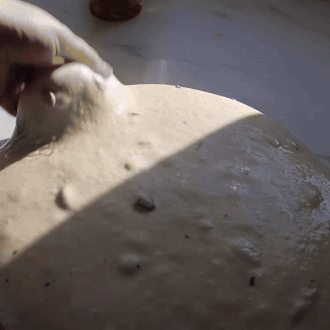








baguettes with olives 🥖🫒 | demancare on ig
#stim#stimboard#bread#food#sfw#brown#white#beige#black#yellow#bread making#baking#baguettes#olives#fruit#kneading#dough#olive oil#knives#utensils#flour#hands#stretching#messy#chickens#twisting#ishy gifs#postish
88 notes
·
View notes
Text
Understanding Sourdough
Sourdough is an enigma, as it’s both simple and complex. It’s a naturally leavened bread that comes from the starter, which is the life force of your bread. A starter is a mixture of flour and water that absorbs the yeast and bacteria from the air and forms a stable colony. The living organisms that feed on the flour and produce gas and lactic acid, which both flavors and raises the sourdough.
Don’t Toss the Discard
When you remove some of the starter you offer the yeast more food each time you feed it so it’s not combatting with so many other yeast cells to get enough to eat. But you don’t have to toss the discard if you don’t want to. Place the discard in a separate container and keep feeding it. After day 7, the discard will be strong enough to give to a friend or use it for baking.
Stopping Your Starter for a Spell
You can dry out your healthy, thriving starter by spreading it in a a very thin layer on a parchment paper-lined baking sheet and leaving it out until it’s brittle. Then, break it into pieces, keep the dried starter in an airtight container, and when you want to use it again, rehydrate it by dissolving it in warm water and feeding it as usual.
DAY 1
In a clear glass jar or similar container, stir together 1/4 cup (32 grams) bread flour, 1/4 cup (33 grams) whole wheat flour, and 1/4 cup (60 grams) warm water (75°F/24°C to 85°F/29°C). Loosely cover with lid or a small cloth. Let it stand at room temperature for 24 hours.
DAY 2
You may or may not see much active during the first 24 hours; regardless, you need to discard about half of the starter. Discard all but 4 tablespoons (57 grams) flour mixture remaining in jar. Add 1/2 cup (64 grams) bread flour and 1/4 cup (60 grams) warm water (75°F/24°C to 85°F/29°C). (This mixture of flour and water is called the “feed” because it is literally food for the natural yeast and bacteria.) Stir until combined. Loosely cover with lid or a small cloth. Let stand at room temperature for 24 hours.
DAYS 3 THROUGH 6
Continue to discard and feed sourdough following the same procedure and with the same mixture as on day 2. The starter should be showing significant signs of activity. Check on your starter every 6 to 10 hours to see if a routine is building.
DAY 7
Discard and feed your starter as you did on day 2. Check activity level by carefully dropping in a small spoonful into a glass of cold water; if it floats, it’s active. If it does not float, it needs a little more time to develop. If there has been little activity in your starter at this point, it might need some help. Consider feeding it twice a day (or every 10 to 12 hours) and leaving it in a warmer spot to increase activity.
DAYS 8 THROUGH 13
Continue to feed your starter daily (or twice a day if it needs the help). Monitor its activity level and smell. It should smell slightly sour and yeasty, kind of like ripe cheese or yogurt.
DAY 14
Congratulations! You should have a healthy, thriving sourdough starter on your hands. At this point, it should rise and fall on a consistent timeline, smell ripe, and pass the same float test from day 7. You should be able to start baking with your starter, and it is ready for cold storage.
DAY 15 AND BEYOND
If you are not planning on baking bread regularly, store your starter in the refrigerator after day 14. Feed your starter as you have and let it stand at room temperature just until you begin to see signs of activity, 1 to 2 hours. Cover tightly with a lid and refrigerate; refrigerated starters need to be fed once a week. To use a starter from the refrigerator, let it stand at room temperature until it peaks and shows signs of activity again after 1 to 2 feedings.
TIPS AND TRICKS
Using whole wheat flour at the beginning gives the starter extra sugars to kick-start the fermentation process and activity level in your starter. If you don’t have whole wheat flour, rye flour is another good option. You can also just use 1/2 cup (64 grams) bread flour on day one, but it might take a little longer to see some activity. If all you have is all-purpose flour, that works, too! Just use 1/2 cup (63 grams) for feedings. Again, it might take longer to see steady activity.
If your starter shows a lot of activity such as bubbles, an increase in volume in the jar, and a fresh yeasty aroma in the first 2 to 3 days and then very little in the next few days, this is completely normal. It’s not yeast building in the first few days but other kinds of bacteria building up and then dying off. Your starter should pick back up again and rise more consistently as the right kind of yeast and bacteria build up and gain strength.
If at any point, but especially during cold storage, a dark liquid collects on the surface of the starter, don’t panic. This is called “hooch” and is completely normal! It is fermented alcohol that releases from the yeast in the starter, and it’s a sign that it’s hungry! It’s safe to consume and use; it just has a stronger sour flavor and smell. You can just stir it into the starter or pour it off; it’s up to you.
34 notes
·
View notes
Text

Attempting Paul Hollywood’s Bloomer 🥖
11 notes
·
View notes
Text

Posting here after ages. Do you want to keep seeing photos of the bread I make?
#love#food#foodie#yummy#food blog#recipe#breakfast#food photography#bread#sourdough#sourdough baking#sourdough bread#bread making#handmade#home made#whole grains#toast#healthy lifestyle#healthy food
13 notes
·
View notes